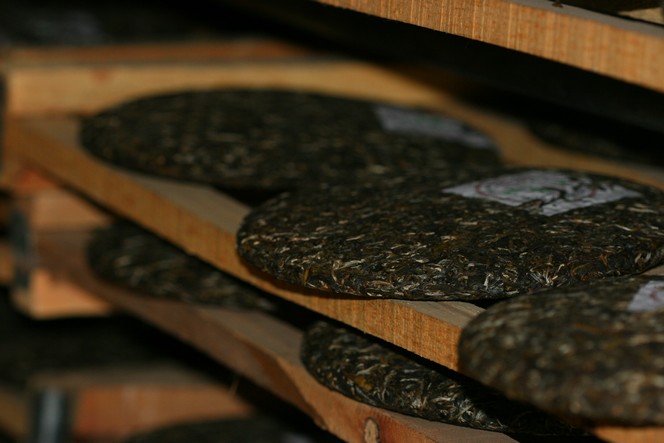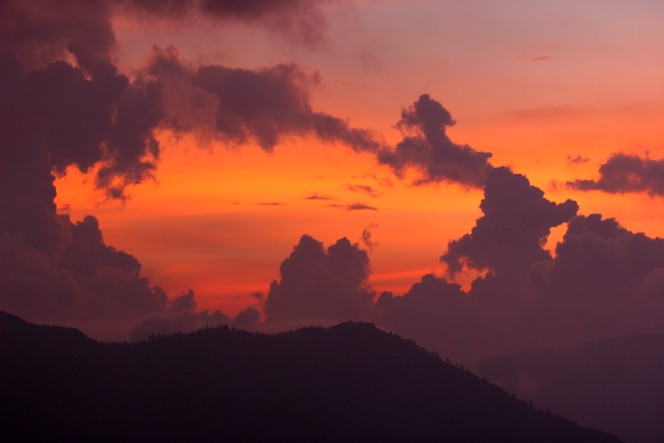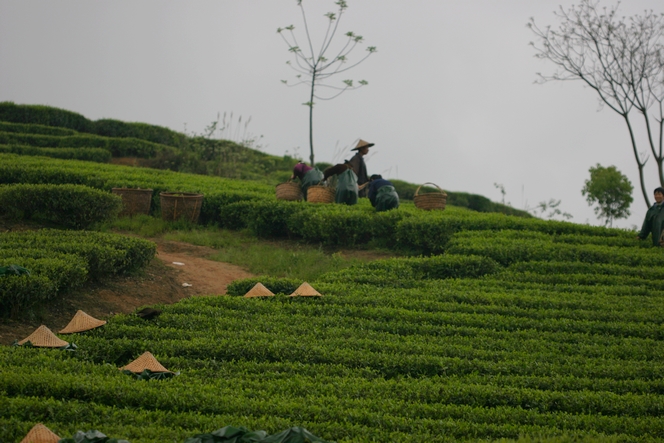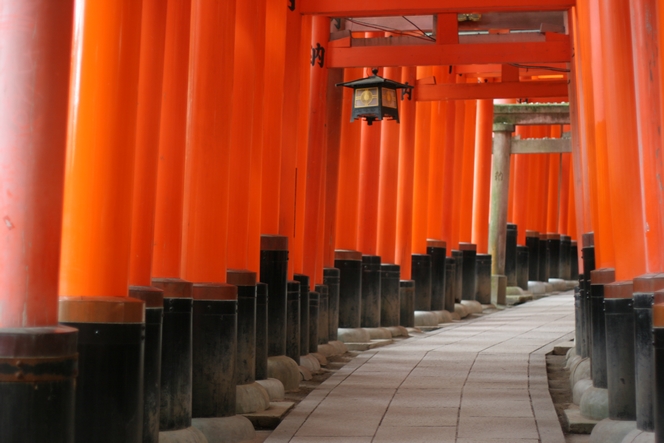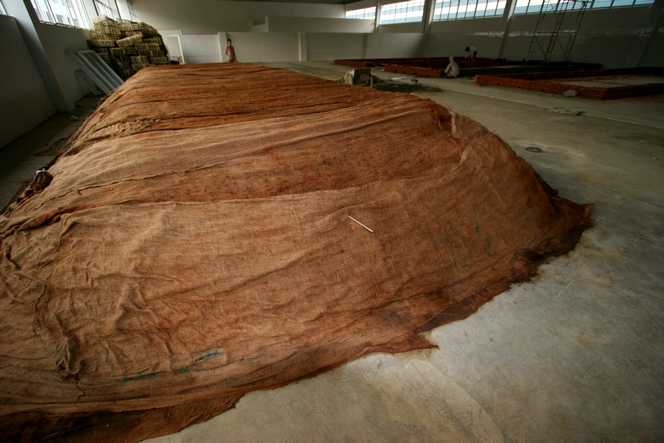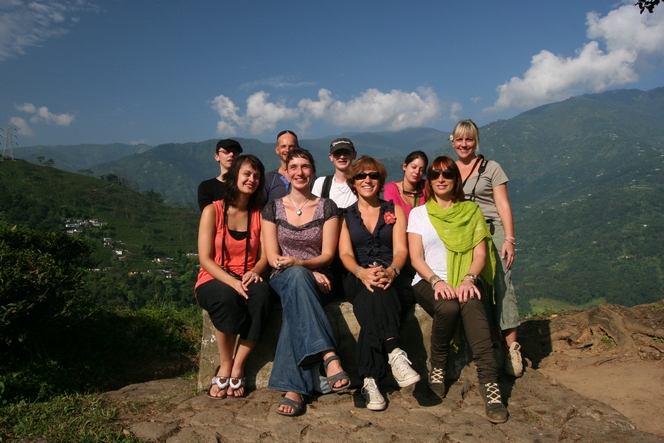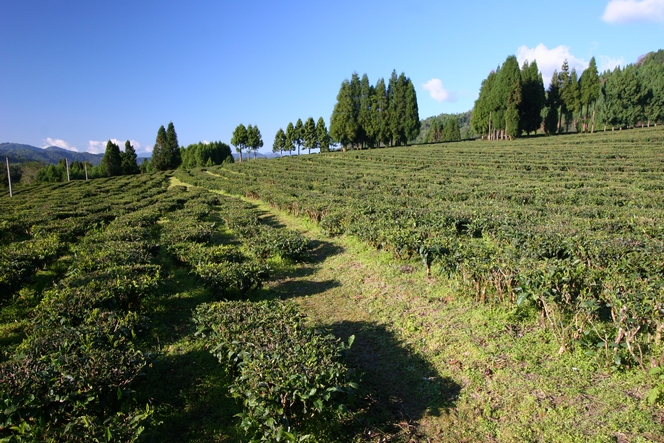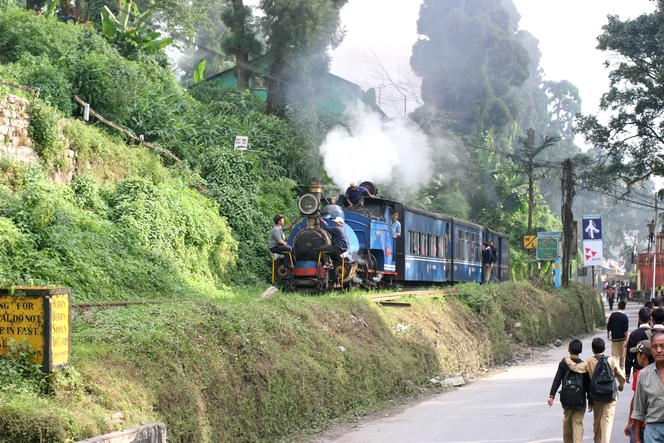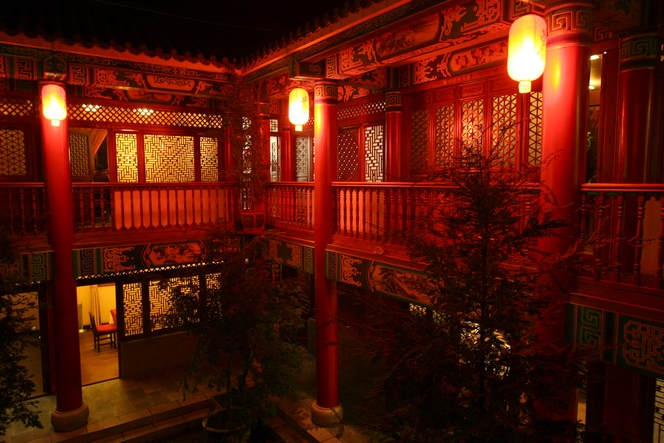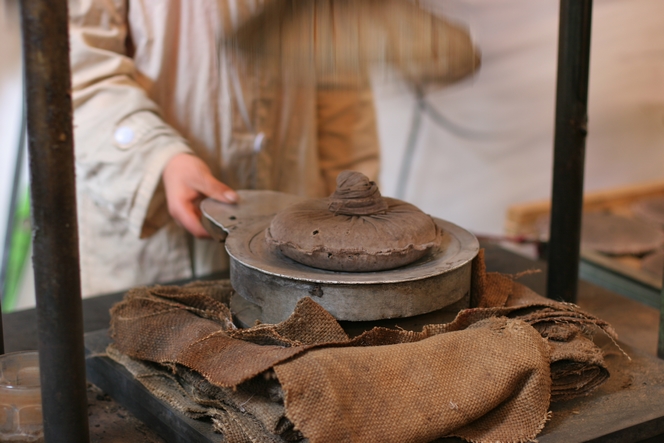Are the Chinese right to call Pu Erh the “fat-eating tea” because it apparently aids weight loss and lowers cholesterol? I have no idea, and have to say that I am not particularly interested in the health-giving qualities of dark teas, which I enjoy for their flavour. Pu Erhs have an incredible aromatic richness, taking you through wood and undergrowth, with the whiff of stables, leather and damp straw. A pure delight!
In this photo you can see freshly moulded “cakes” of Pu Erh. This is a green (or raw) Pu Erh, as you can see from the colour of its leaves. It has not been covered for the fermentation process. Depending on the conditions in which it is stored, it can continue fermenting year after year, often improving with age.

